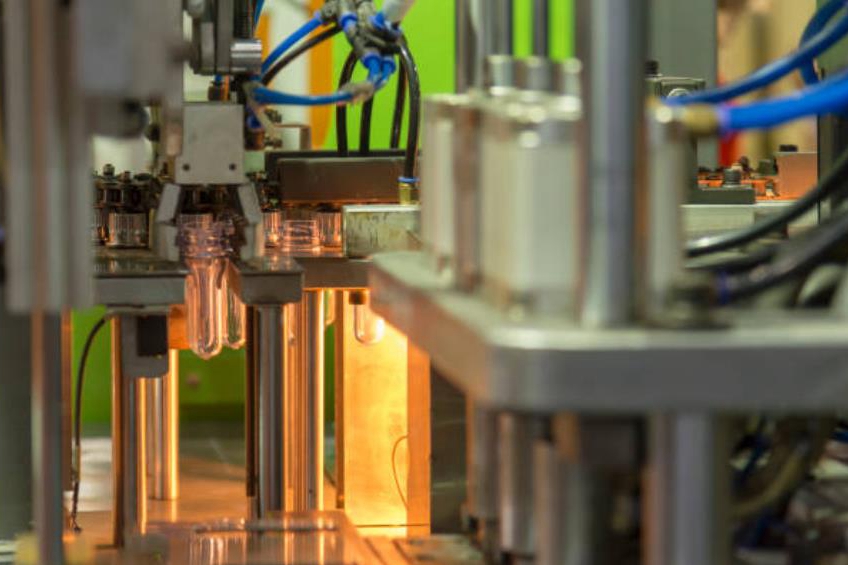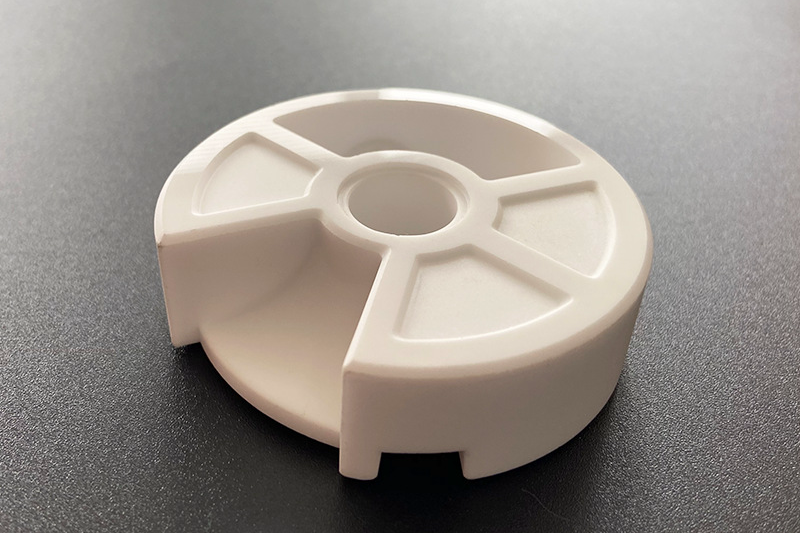What are the pros of MIM vs investment casting for complex lightweight parts?
For complex lightweight components—especially those used in compact locking mechanisms, aerospace sensors, or precision consumer devices—metal injection molding (MIM) often provides significant advantages over investment casting. Both processes are near-net-shape, but MIM excels in miniaturization, surface finish, complex geometry, and mass production efficiency. When weight reduction must be achieved without sacrificing strength or detail, MIM becomes the more engineering-optimized option.
Design Complexity and Geometry Freedom
MIM supports extremely fine wall thicknesses and intricate features that investment casting often struggles with. Features below 1 mm, internal channels, undercuts, gear profiles, and anti-tamper geometries can be molded directly without extensive post-processing. This is particularly beneficial for lightweight parts where every gram matters. High-strength alloys such as MIM 17-4 PH and MIM-440C allow thin-wall structures with strong resistance to prying or dynamic loading.
Miniaturization and Weight Reduction
Investment casting works well for medium-to-large parts but faces difficulty when scale drops. Flow instability, residual gates, and thickness variation can compromise precision, making lightweight design harder to control. MIM enables true miniaturization with consistent density—ideal when replacing machined parts in locking system assemblies, small actuators, or sensor housings. By shaping material only where needed, MIM supports weight-optimized features while maintaining structural integrity.
Surface Finish and Post-Process Efficiency
Investment casting commonly requires machining or grinding to meet tolerance targets, which adds cost and material waste. MIM parts emerge with smoother surfaces and are often finished using lightweight post-processes such as tumbling or polishing. Precision coatings such as PVD and nitriding can be directly applied to strengthen wear-prone surfaces without geometric distortion—important for lightweight functional zones.
Mass Production and Cost Benefits
Once tooling is established, MIM becomes highly economical for high-volume production of small or mid-sized components. In many cases it eliminates multiple machining steps, sub-assemblies, and fastening requirements, cutting weight and assembly cost simultaneously. Investment casting remains economical for larger or lower-complexity components that require moderate tolerances. For multi-part mechanisms, MIM enables consolidation into fewer integrated parts—boosting both strength and lightweight efficiency.
Ideal Application Areas
MIM is best suited for parts where geometry complexity, miniaturization, and high strength are equally important. Aerospace sensor housings, smart lock drive components, precision brackets, and lightweight structural inserts are typical examples. Investment casting is more appropriate for larger housings, structural casings, or components where surface finish will be machined anyway. A hybrid approach can also be used—MIM for moving components, investment casting for exterior shells, combined via overmolding or assembly design.



